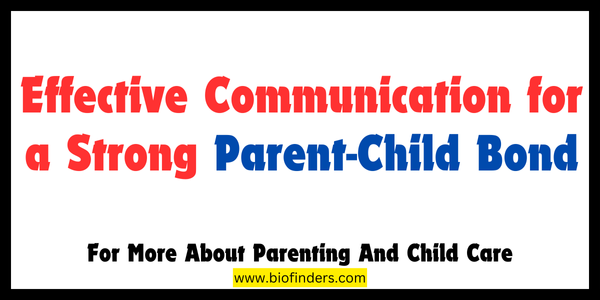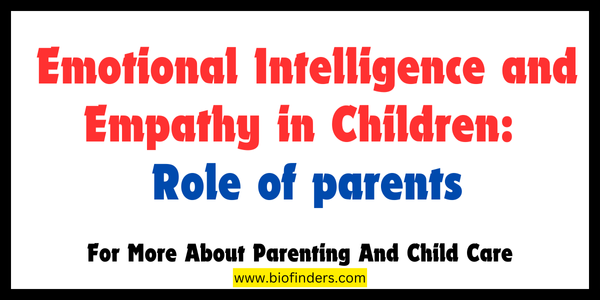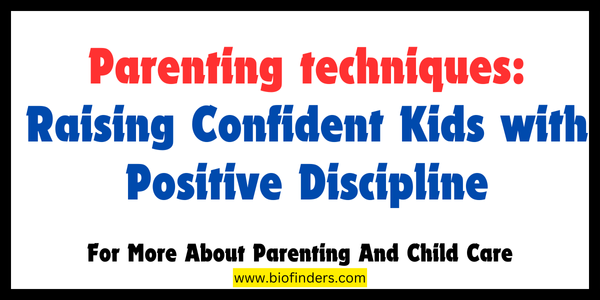The parent-child relationship is a cornerstone of a healthy and happy life. But let’s be honest, communication doesn’t always flow seamlessly between generations. From shy toddlers to teenagers navigating social whirlwinds, fostering open communication can feel like a constant dance.
The good news: with a few key strategies, you can bridge the gap and build a relationship built on trust and understanding.
The Power of Open Communication
Why is open communication so crucial? Here’s a breakdown:
- Stronger Bond: It allows parents and children to truly connect. By sharing thoughts and feelings, you build a sense of closeness and trust.
- Improved Problem-Solving: It creates a safe space for children to discuss challenges. Parents can then offer guidance and support, fostering a collaborative problem-solving approach.
- Enhanced Emotional Intelligence: It helps children understand and express their emotions in a healthy way. Parents can guide them through the complexities of emotions, building emotional intelligence.
- Boosted Confidence: Feeling heard and understood fosters self-confidence. It shows children their thoughts and feelings matter, strengthening their sense of self-worth.
Creating a Communication-Friendly Environment
Now that we know the benefits, how do we create a space where communication thrives? Here are some tips:
1. Actively Listen:
- Put away distractions: Silence your phone, turn off the TV, and give your child your full attention.
- Focus on understanding: Pay attention not just to the words, but also body language and tone.
- Ask clarifying questions: Show you’re interested by asking questions that delve deeper into their thoughts and feelings.
- Avoid interrupting: Give your child space to express themselves fully.
2. Embrace “I” Statements:
- Shift the focus from blame to feelings.
- Instead of saying, “You always leave your toys scattered around!” try, “I feel frustrated when the living room is messy.”
- This approach encourages open dialogue without putting your child on the defensive.
3. Validate Their Feelings:
- Let your child know their emotions are valid, even if you don’t agree.
- Phrases like “It sounds like you’re feeling frustrated” or “I understand why you’re upset” can go a long way.
- Validating feelings creates a safe space for open communication.
4. Use “Teachable Moments” for Learning:
- Everyday situations can be opportunities for communication and learning.
- Talk about emotions while watching a movie together, discuss consequences when dealing with a broken toy, or use car rides for open-ended conversations.
- These moments naturally weave communication into daily life.
Tailoring Communication to Age Groups
The way we communicate needs to adapt as children grow. Here’s a breakdown for different age groups:
Toddlers (2-4 years old):
- Focus on non-verbal cues and simple language.
- Use short, clear sentences and positive reinforcement.
- Read books together and talk about the emotions of the characters.
Preschoolers (4-6 years old):
- Encourage them to express themselves with words.
- Use open-ended questions to spark conversation.
- Play games that involve storytelling and sharing experiences.
School-age Children (6-12 years old):
- Create a regular time to connect and talk about their day.
- Listen to their concerns about school, friends, and activities.
- Discuss social issues and teach them problem-solving skills.
Teenagers (13-19 years old):
- Respect their growing independence and need for privacy.
- Be available for conversation when they initiate it.
- Focus on active listening and avoid lectures or judgment.
Remember: It’s a Two-Way Street
To communicate something is not a one-sided affair. Parents also need to share their thoughts and feelings with their children. Here are some ways to do it:
- Share Stories: Tell stories about your own childhood experiences.
- Express Appreciation: Let them know how much they mean to you.
- Talk About Your Day: Share your own experiences and invite them to do the same.
Beyond Words: Building a Foundation of Trust
Communication goes beyond just words. Building a foundation of trust is crucial for open communication. Here are some ways to foster trust:
- Follow Through on Promises: Be reliable and consistent in your actions.
- **Respect
Nurturing the Bond: Activities that Foster Communication
Creating a communication-friendly environment goes beyond just conversations. Here are some activities to strengthen your parent-child bond and encourage open communication:
- Family Meals: Make mealtimes a device-free zone where everyone can connect and chat about their day.
- Game Nights: Board games, card games, or even charades can spark laughter and conversation.
- Shared Hobbies: Find activities you can enjoy together, whether it’s reading, playing sports, or going for walks.
- Creative Outlets: Let your child express themselves through art, music, or writing. Discuss their creations to gain insight into their thoughts and feelings.
- Volunteer Together: Giving back to the community is a rewarding experience that can spark important conversations about empathy and social responsibility.
Addressing Challenges: When Communication Breaks Down
Even with the best intentions, communication breakdowns can happen. Here’s how to navigate them:
- Stay Calm: Don’t escalate the situation by yelling or getting angry.
- Take a Time Out: If emotions are running high, suggest taking a break and coming back to the conversation when everyone is calmer.
- Focus on Problem-Solving: Approach the situation as a team working together to find a solution.
- Seek Professional Help: If communication struggles persist, consider consulting a family therapist.
Remember: Communication is a Journey, Not a Destination
Building strong communication takes time and effort. There will be ups and downs along the way. But by creating a safe and supportive environment, actively listening, and adapting your approach as your child grows, you can foster a healthy and open relationship that will last a lifetime.
Remember:
- Small steps lead to big changes: Celebrate small victories in communication, and focus on progress over perfection.
- Be patient: Building trust takes time. Don’t get discouraged if communication doesn’t improve overnight.
- Enjoy the Journey: Communication is not just about solving problems; it’s about connecting and enjoying each other’s company.pen_spark
tunesharemore_vert




Leave a Reply